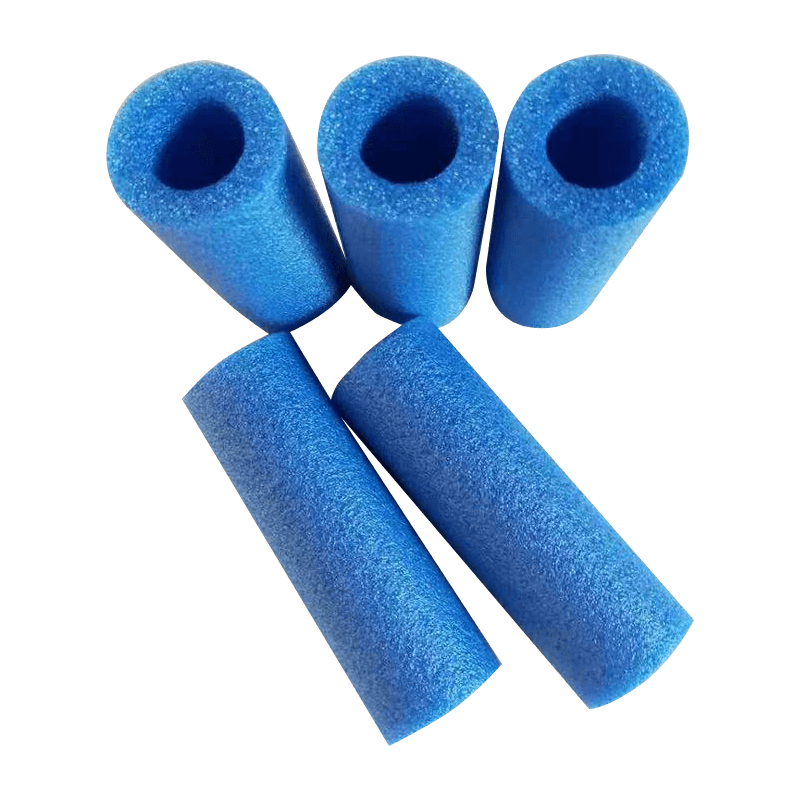What are the key properties of EPE foam that make it suitable for packaging and cushioning?
Expanded Polyethylene foam is widely recognized for its exceptional suitability in packaging and cushioning applications, owing to a unique set of properties that cater to the diverse needs of industries ranging from electronics and automotive to healthcare and logistics. Understanding these key properties helps elucidate why EPE foam is a preferred choice for protecting valuable goods during transit and storage.
1. Shock Absorption and Impact Resistance
One of the foremost reasons EPE foam is favored in packaging is its excellent shock absorption capabilities. The foam's cellular structure enables it to effectively absorb and dissipate impact energy, thereby shielding fragile items from potential damage caused by bumps, drops, or vibrations during transportation. This property is crucial for safeguarding delicate electronics, glassware, ceramic products, and other sensitive items that are susceptible to breakage.
2. Cushioning and Pressure Distribution
EPE foam excels in providing cushioning due to its ability to distribute pressure evenly across its surface. This feature ensures that the packaged items remain securely cushioned within the packaging, minimizing the risk of scratches, dents, or surface abrasions. Whether protecting industrial machinery components or retail products, the foam's cushioning properties help maintain product integrity throughout the supply chain.
3. Lightweight and Cost-effective
Despite its protective capabilities, EPE foam is lightweight, which offers several advantages. It reduces the overall weight of packaging materials, thereby lowering shipping costs and making handling more manageable. This characteristic is particularly beneficial for businesses looking to optimize logistics without compromising on protective measures.
4. Flexibility and Conformability
EPE foam is inherently flexible and can conform to the shape of various products, regardless of their contours or dimensions. This versatility allows for tailored packaging solutions that snugly fit the items being protected. From irregularly shaped automotive parts to intricate medical devices, the foam's ability to mold around objects ensures a secure and customized fit, enhancing overall packaging efficiency.
5. Water and Chemical Resistance
Maintaining product integrity is paramount, especially in challenging environmental conditions. EPE foam exhibits resistance to water, moisture, and many chemicals, thereby preserving its protective qualities even in humid or corrosive environments. This resistance helps prevent degradation of the foam itself and ensures reliable performance under diverse storage and transportation conditions.
6. Thermal Insulation
Beyond its protective functions, EPE foam provides thermal insulation properties. While not as robust as specialized thermal insulators, this feature offers a degree of temperature resistance that can be advantageous for products sensitive to temperature fluctuations. It helps mitigate potential thermal shocks during transit and storage, contributing to the overall safety and longevity of packaged goods.
7. Non-abrasive and Safe Handling
EPE foam is non-abrasive, meaning it does not scratch or damage delicate surfaces of packaged items. This characteristic is crucial for industries where maintaining the aesthetic quality of products is essential, such as consumer electronics or luxury goods. Moreover, the foam's safe handling properties ensure that it does not pose risks of skin irritation or allergic reactions, maintaining workplace safety standards.

8. Recyclability and Sustainability
As sustainability becomes increasingly important, EPE foam offers advantages in recyclability. While recycling processes can vary based on local capabilities, the foam's recyclable nature aligns with environmental stewardship goals. Innovations in recycling technologies continue to expand opportunities for reducing environmental impact through responsible end-of-life disposal or reuse strategies.
In conclusion, the multifaceted properties of EPE foam position it as a versatile and reliable material for packaging and cushioning applications across various industries. Its ability to absorb shocks, distribute pressure, and provide flexible, lightweight protection makes it indispensable for protecting fragile or valuable items during transit. Coupled with its resistance to environmental factors and recyclable attributes, EPE foam represents a balanced choice for businesses seeking cost-effective, sustainable packaging solutions that prioritize product safety and integrity. As technology and manufacturing processes evolve, EPE foam continues to demonstrate its adaptability and enduring relevance in modern packaging practices.

prevNo previous article
nextWhat sustainable practices or materials are used in manufacturing the Breathable Perforated Wrapping Film?



 English
English 中文简体
中文简体 Español
Español
















